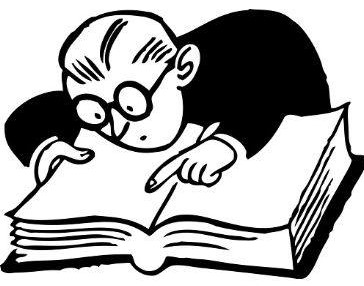Three more years until a new definition

We return to the question, “What is a museum?” this week but, instead of doodles by summer campers, we have the perspectives of the International Council of Museums community. A new museum definition was up for a vote at ICOM’s 25th General Conference in Kyoto, Japan this past weekend. The museum community polarized into two strongly for- and anti-new definition camps and, without a consensus, the Extraordinary General Assembly voted to… vote later.
The current ICOM museum definition, which has not changed much in decades and is likely familiar to most museum professionals, is as follows:
A museum is a non-profit, permanent institution in the service of society and its development, open to the public, which acquires, conserves, researches, communicates and exhibits the tangible and intangible heritage of humanity and its environment for the purposes of education, study and enjoyment.
Current definition from ICOM Statutes, adopted by the 22nd General Assembly on 24 August, 2007
The new definition, which split opinions worldwide, focuses less on the “what” and more on the “how” and “why” of museums. It references hot topics such as diversity, equity, accessibility, and inclusion, and pushes the idea of a museum ever closer to forum than temple:
Museums are democratising, inclusive and polyphonic spaces for critical dialogue about the pasts and the futures. Acknowledging and addressing the conflicts and challenges of the present, they hold artefacts and specimens in trust for society, safeguard diverse memories for future generations and guarantee equal rights and equal access to heritage for all people.
new alternative museum definition selected by the Executive Board of ICOM on July 2019
Museums are not for profit. They are participatory and transparent, and work in active partnership with and for diverse communities to collect, preserve, research, interpret, exhibit, and enhance understandings of the world, aiming to contribute to human dignity and social justice, global equality and planetary wellbeing.
I find my own opinions on this definition are split; I am drawn to the prioritizing of working with and for all people, but the ideas in it are disorganized. The editor in me wants something more concise! François Mairesse, a French professor and museum professional who resigned from the ICOM committee in charge of developing the new definition, shared a similar sentiment with The Art Newspaper, saying, “A definition is a simple and precise sentence characterizing an object, and this is not a definition but a statement of fashionable values, much too complicated and partly aberrant.” He went on to say that the new definition was exclusionary to existing museums who do not match or would have difficulty adapting to it, adding, “It would be disastrous to impose only one type of museum.”
For me, this second part of Mairesse’s argument has no legs. The practical difference between the current and new definitions is the exclusion of the word education and the inclusion of voices outside of museum staff and leadership. Words and phrases such as democratising [sic], polyphonic, participatory, and critical dialogue mark the strongest change in how a museum who adheres to the new definition might operate. The rest – basic ideas on collecting, conserving, researching, interpreting (and can’t interpretation include education, anyways?), and exhibiting objects and ideas that tell the story of humanity for humanity – remains the same, albeit with loftier goals of benefiting “planetary wellbeing.”
Is that not what we, the museum community, should be striving for? To continue our work with care and further engage the communities we serve – to share the responsibilities of authority, expertise, and meaning-making? Just because the undertaking may prove challenging for “traditional” museums (Mairesse cited the Louvre, for example), doesn’t mean it shouldn’t be done.
I am curious to see where the definition goes from here, as the vote postponement passed by the Extraordinary General Assembly means that ICOM will have another three years to refine a new definition before it comes up for a vote at the next General Conference. My hope is for something more succinct that keeps the participatory spirit. I expect the topic will be up for fresh debate in many Tufts Museum Studies courses (as well as in programs and institutions globally). What do you think, Tufts Museum Studies Blog readers, how should the definition change between now and 2022?
If you’d like some inspiration, or just a look at the ideas of others, ICOM collected 269 submissions for the Committee on Museum Definition, Prospects and Potentials (MDPP, 2017-2019) to reference as they were coming up with the new definition. Are there any that strike closest to what you think should guide the museums of today? We welcome your thoughts in the comments!